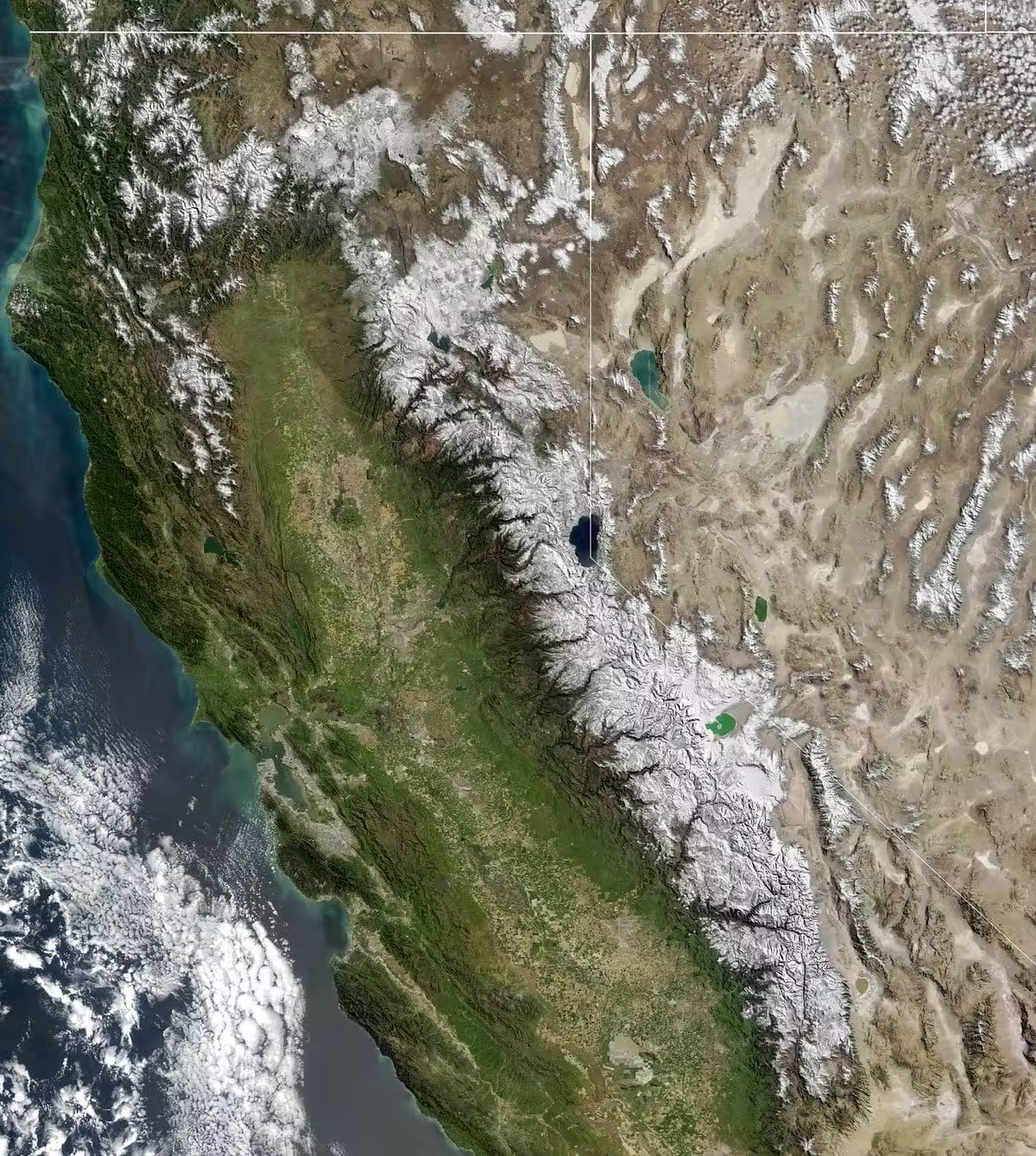It's been strange watching California's weather become such a big national story, partially because of the disconnect in tone The attitude out here has been appreciative than you might have guessed from the coverage. We got stunning levels of desperately needed precipitation with far less flooding than feared (though we still aren't entirely out of the woods) and little loss of life (mainly from swimmers and kayakers as far as I can tel.).
We've also gotten lucky with a cool Spring and early Summer that has spread the out the snowmelt, giving us a relatively steady flow of water that should continue well into the Summer, which is what we were hoping for.
From the LA Times June 8, 2023
That was UCLA climate scientist Daniel Swain’s warning to Californians in late March, days before officials announced that this year’s Sierra snowpack contained historic volumes of water.
After years of drought and restrictions on water use, a series of atmospheric rivers between January and March brought epic amounts of rain and snow to the parched state. Heavy precipitation and below-average temperatures meant that snow accumulated for months high in the Sierra Nevada mountains along California's eastern border.
At its peak, the snowpack contained roughly the same amount of water as a full Lake Mead, the largest reservoir in the country.
The snowpack itself acts as a natural water storage system for California. When the region’s climate shifts from cold and wet to warm and dry, the snow gradually melts down from mountain rivers and creeks, filling reservoirs and, possibly, causing further flooding in the Central Valley’s once-dry Tulare Lake.
State water managers say the snowmelt has likely peaked for the season, so long as temperatures remain relatively cool. Another rise in the melt is expected next week.

No comments:
Post a Comment